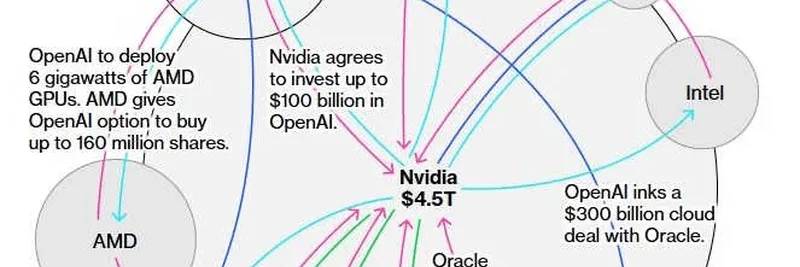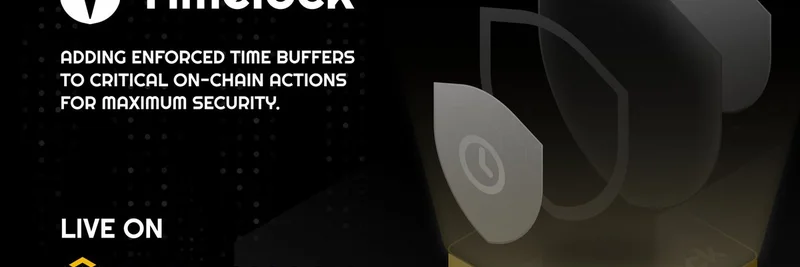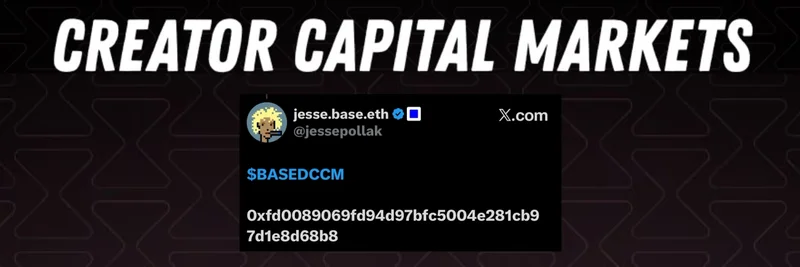Hey there, crypto enthusiasts! If you're keeping an eye on the evolving world of blockchain, you might have caught this intriguing tweet from BSCNews teasing Kaspa's future plans. They're pointing to an exciting article on their site about what's next for the @kaspaunchained community through 2025 and into 2026. As someone who's always digging into the latest in crypto tech, I thought it'd be fun to break it down here at Meme Insider. Even though Kaspa isn't your typical meme token, its high-speed Layer-1 tech could inspire some wild meme projects down the line. Let's unpack what this means in simple terms.
Kaspa is a proof-of-work (PoW) Layer-1 blockchain that stands out because it uses a blockDAG structure—think of it like a directed acyclic graph that allows multiple blocks to be processed at the same time, unlike the single-chain setup in Bitcoin. This setup, powered by the GHOSTDAG consensus protocol, keeps things secure and decentralized while cranking up transaction speeds. Right now, Kaspa handles up to 10 blocks per second, but the goal is to hit 32 and eventually 100 blocks per second. It's energy-efficient too, thanks to the kHeavyHash algorithm, and it launched fairly back in November 2021 with no pre-mining.
The big news kicked off with the Crescendo hard fork in May 2025, which bumped the block rate from one to 10 per second. This upgrade included some key improvements to handle more transactions smoothly. Lead developer Michael Sutton called it a "foundation for further enhancements in security and decentralized finance functions." The community loved it—there were live streams, events, and even a rebrand of their main X account to spread out communication.
Looking ahead, Kaspa's roadmap for 2025-2026 is all about scaling up, beefing up security, and making it easier to build decentralized apps (dApps). Here's a quick rundown of the highlights:
DAGKnight Protocol: This is an upgrade to GHOSTDAG that speeds up how transactions get confirmed by ditching assumptions about network delays. It's based on a 2022 research paper and could roll out in the next hard fork, making the whole system more resilient to sneaky attacks.
ZK Layer and L1-to-L2 Bridge: Zero-knowledge (ZK) rollups are like magic for privacy and efficiency—they let you bundle transactions off-chain while proving they're valid without revealing details. Kaspa plans to add support for this with a bridge between Layer-1 and Layer-2, handling sequencing, data availability, and settlement. Expect this by late 2025 or early 2026, using subnetworks for even better scaling.
Reverse MEV Auctions: Miner Extractable Value (MEV) is when miners profit by reordering transactions—think front-running in crypto. Kaspa's fix? Let miners offer kickbacks to users for better transaction placement, making it fairer. This might need some Layer-1 tweaks and could come soon.
Oracle Voting Mechanism: Oracles bring real-world data into blockchains, like prices or events. Kaspa's version lets miners vote on this data in real-time, using its fast block rate to make it sybil-resistant (hard for fake accounts to mess with). This could supercharge DeFi apps by providing secure, on-chain info.
Beyond the tech, the community's buzzing. There's the Kaspa Experience event on September 13, 2025, in Berlin—500 tickets, real-world demos of KAS in action, a product expo, and a $10,000 grant up for grabs. Plus, cool side projects like Kasia, a peer-to-peer messaging system where 10 KAS gets you over 500,000 messages, and ideas for verifiable programs and AI interactions.
If you're into blockchain tech that pushes boundaries, Kaspa's path forward looks promising. It tackles big issues like scalability and MEV head-on, which could influence everything from DeFi to, who knows, the next big meme token ecosystem. For the full scoop, check out the original article on BSC News. What do you think—will Kaspa hit that 100 blocks per second? Drop your thoughts in the comments!




